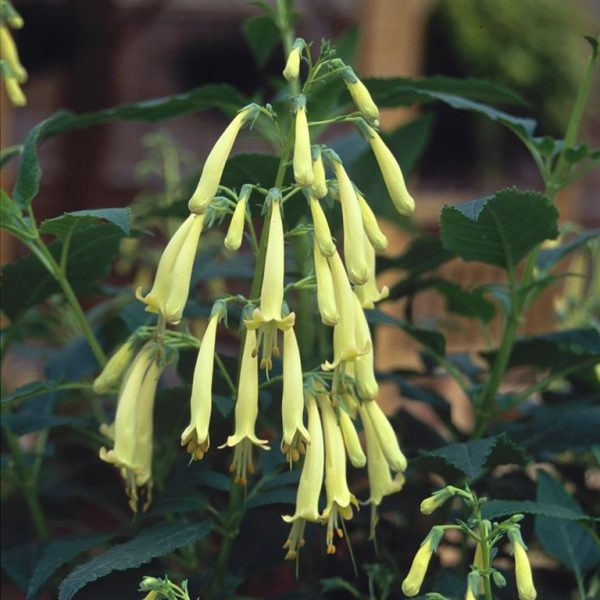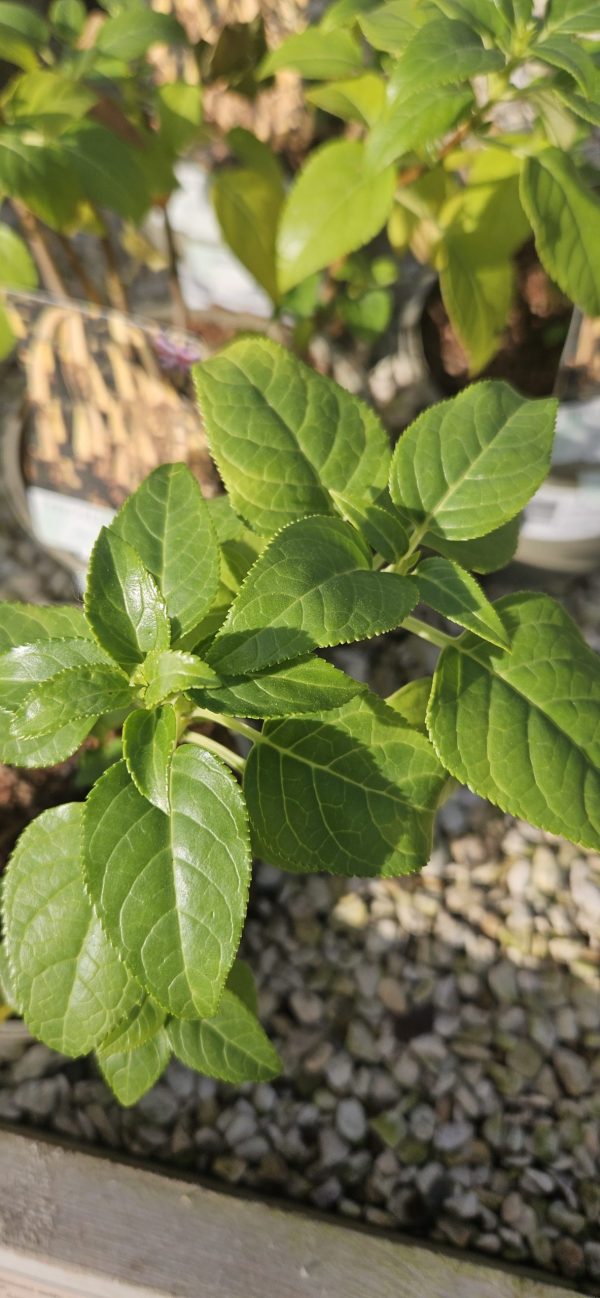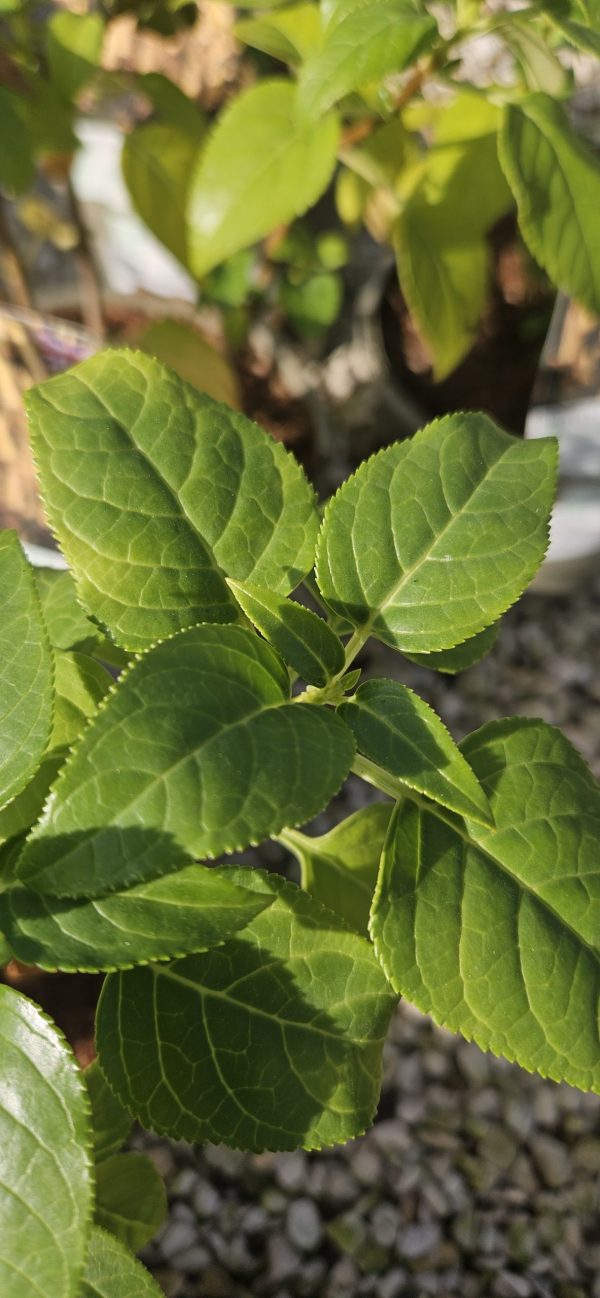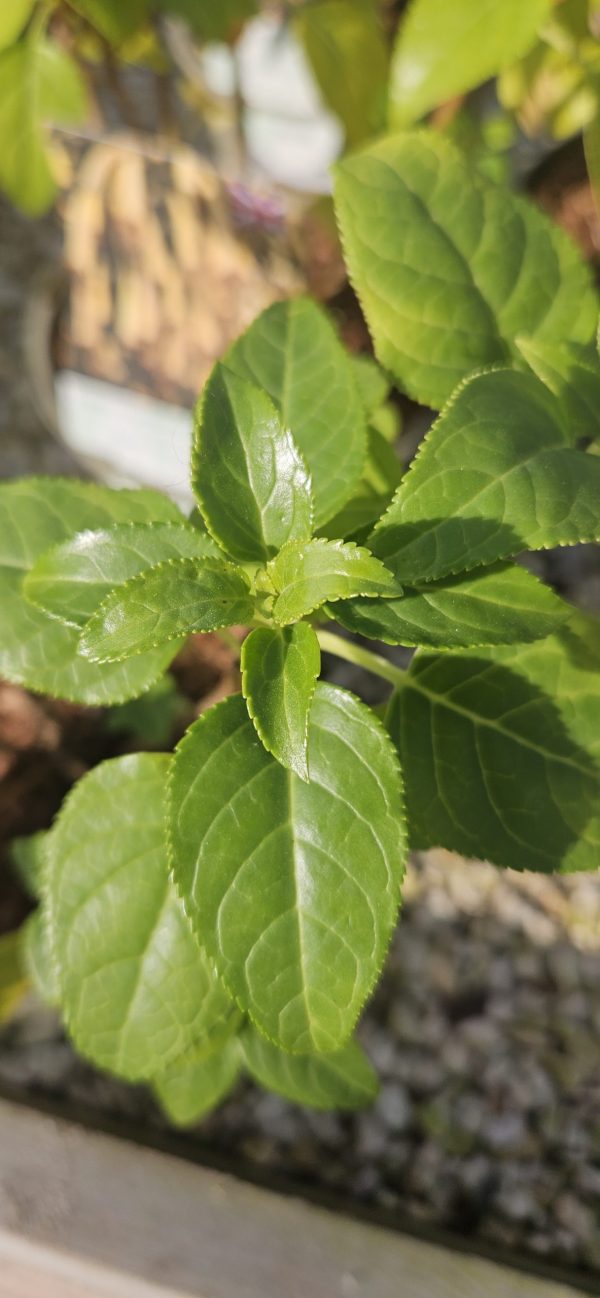Phygelius x rectus ‘Moonraker’
£6.45
An exotic-looking perennial producing masses of narrow, creamy-yellow trumpet-shaped flowers over mid-green foliage from June to September. Height 70cm. Spread 40cm. Full sun/part shade, free-draining soil. Hardy.
Description
Phygelius x rectus ‘Moonraker’ is an exotic perennial that produces stunning masses of narrow, creamy-yellow trumpet-shaped flowers. With its unique appearance, it makes a fantastic addition to any garden. Follow this comprehensive planting and care guide to ensure your Phygelius x rectus ‘Moonraker’ thrives and flourishes, offering beautiful blooms from June to September.
PLANTING and AFTERCARE GUIDE
Best Planting Time
- Spring: The best time to plant Phygelius x rectus ‘Moonraker’ is in the spring when the soil starts to warm. This timing allows the roots to become well-established before the growing season, promoting strong growth and a vibrant flower display.
- Autumn: Alternatively, you can plant Phygelius x rectus ‘Moonraker’ in early autumn. This gives the plant time to establish roots before entering dormancy, ensuring healthier growth in the following spring.
Site Selection
- Sunlight: Phygelius x rectus ‘Moonraker’ thrives in full sun or partial shade. For the best results, choose a spot that receives at least 6 hours of direct sunlight each day. If planted in partial shade, the plant will still grow well but may produce slightly fewer flowers.
- Soil: Ensure well-drained soil for your Phygelius x rectus ‘Moonraker’. The plant does not tolerate waterlogged conditions, so good drainage is essential to prevent root rot. Enrich the soil with organic matter, such as compost, to improve its fertility and drainage.
Planting Instructions
- Prepare the Hole: Dig a hole that is twice the width and the same depth as the root ball of Phygelius x rectus ‘Moonraker’. This ensures enough space for the roots to spread out and establish.
- Soil Preparation: Mix in compost or organic material to enhance the soil’s fertility and drainage. Phygelius will thrive in rich, well-drained soil, encouraging vigorous growth and abundant blooms.
- Planting: Position the root ball in the hole so that the top of the root ball is level with the surrounding soil. Gently backfill with soil, firming it down to remove any air pockets.
- Watering After Planting: Water thoroughly after planting to settle the soil around the roots. Make sure the area drains well to avoid waterlogging, which can harm the plant.
Watering Requirements
- Growing Season: Phygelius is moderately drought-tolerant once established. Water during dry spells, allowing the soil to dry out slightly between sessions. Be careful not to overwater, as excessive moisture can cause root problems.
- Dormant Season: In the dormant season, reduce watering significantly. Only water if the soil becomes extremely dry, as the plant requires minimal moisture during this period.
Feeding
- Spring: Apply a balanced fertiliser in early spring to give your Phygelius x rectus ‘Moonraker’ a strong start to the growing season. This will support healthy growth and a vibrant flower display throughout the summer.
- Mid-Summer: A light feeding during mid-summer can encourage continued flowering, ensuring that your Phygelius remains vigorous and blooms well into autumn.
Pruning
- Deadheading: Regularly deadhead your Phygelius by removing spent flowers. This practice promotes new growth and encourages the plant to keep producing fresh blooms throughout the season.
- Autumn Pruning: After the blooming period ends in late autumn, cut back the plant to ground level. This prepares it for winter dormancy and encourages healthy growth in the following year.
Mulching
- Spring: In the spring, apply a layer of mulch around the base of your Phygelius to retain moisture, suppress weeds, and regulate soil temperature. Organic mulches like bark chips or compost work best.
- Winter: In colder regions, adding mulch in winter helps protect the roots from frost. This will keep the plant safe and ensure it survives the cold season to thrive the next year.
Supporting the Plant
- Staking: Phygelius x rectus ‘Moonraker’ generally has sturdy stems, so staking is rarely needed. However, if you live in an area with strong winds or if your plant grows taller than expected, consider staking to provide extra support.
Final Tips
Phygelius x rectus ‘Moonraker’ is a low-maintenance perennial that will provide your garden with stunning creamy-yellow trumpet-shaped flowers from June to September. By following these care instructions, you can ensure that your Phygelius will thrive and enhance your outdoor space. Whether planted in full sun or partial shade and in well-drained soil, this Phygelius will reward you with a beautiful display of blooms all season long.
Additional information
| Pot Size |
|---|











Anonymous (verified owner) –
good plants, speedily despatched, good service, thank you. Will buy again and recommend.